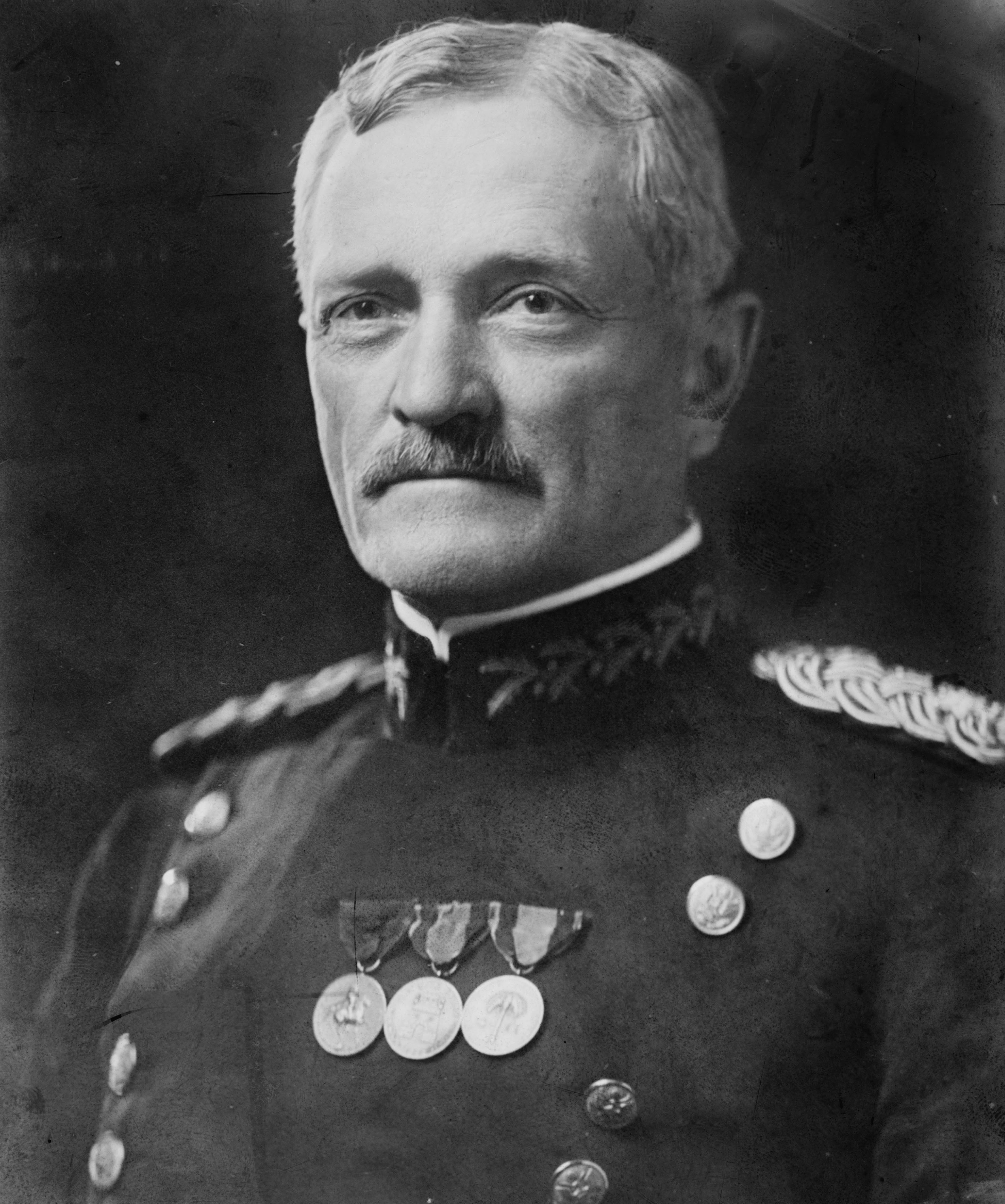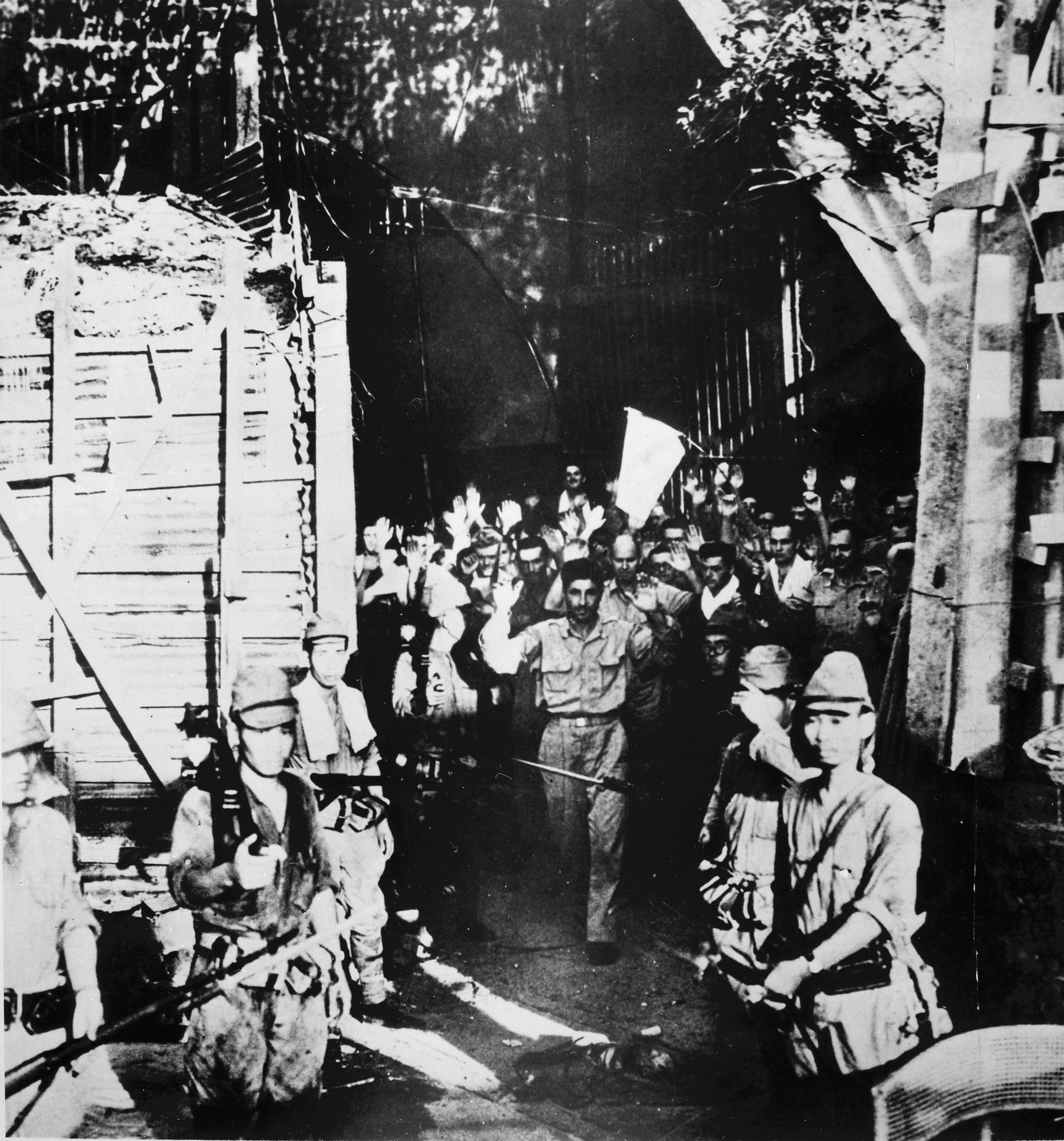|
Leon Kromer
Leon Benjamin Kromer (June 25, 1876 – September 6, 1966) was a United States Army officer and American football coach. From 1934 to 1938, Major General Kromer was the Chief of U. S. Cavalry. He served as the head football coach at the United States Military Academy in 1901, compiling a record of 5–1–2. Early life, education, football coaching career Kromer was born in 1876 in Grand Rapids, Michigan.Sterner, Douglas. Citations for the awards of the Army Distinguished Service Medal vol. 1', p. 127. (sourced to ''War Department, General Orders No. 62 (1919)''). Kromer graduated from West Point in February 1899 and began his service as a commissioned officer in the 10th Cavalry Regiment. In 1901, Kromer was the head coach for the Army football team, with a record of 5–2–1. ''The New York Times'' of 1930s noted that many contemporary U. S. Generals (Kromer, Malin Craig, Dennis E. Nolan, Paul Bunker) were connected by past football experience at West Point. Kromer also ... [...More Info...] [...Related Items...] OR: [Wikipedia] [Google] [Baidu] |
Grand Rapids, Michigan
Grand Rapids is a city and county seat of Kent County, Michigan, Kent County in the U.S. state of Michigan. At the 2020 United States census, 2020 census, the city had a population of 198,917 which ranks it as the List of municipalities in Michigan, second most-populated city in the state after Detroit. Grand Rapids is the central city of the Grand Rapids metropolitan area, which has a population of 1,087,592 and a combined statistical area population of 1,383,918. Situated along the Grand River (Michigan), Grand River approximately east of Lake Michigan, it is the economic and cultural hub of West Michigan, as well as one of the fastest-growing cities in the Midwestern United States, Midwest. A historic furniture manufacturing center, Grand Rapids is home to five of the world's leading office furniture companies and is nicknamed "Furniture City". Other nicknames include "River City" and more recently, "Beer City" (the latter given by ''USA Today'' and adopted by the city a ... [...More Info...] [...Related Items...] OR: [Wikipedia] [Google] [Baidu] |
The New York Times
''The New York Times'' (''the Times'', ''NYT'', or the Gray Lady) is a daily newspaper based in New York City with a worldwide readership reported in 2020 to comprise a declining 840,000 paid print subscribers, and a growing 6 million paid digital subscribers. It also is a producer of popular podcasts such as '' The Daily''. Founded in 1851 by Henry Jarvis Raymond and George Jones, it was initially published by Raymond, Jones & Company. The ''Times'' has won 132 Pulitzer Prizes, the most of any newspaper, and has long been regarded as a national " newspaper of record". For print it is ranked 18th in the world by circulation and 3rd in the U.S. The paper is owned by the New York Times Company, which is publicly traded. It has been governed by the Sulzberger family since 1896, through a dual-class share structure after its shares became publicly traded. A. G. Sulzberger, the paper's publisher and the company's chairman, is the fifth generation of the family to head the pa ... [...More Info...] [...Related Items...] OR: [Wikipedia] [Google] [Baidu] |
Fort Knox
Fort Knox is a United States Army installation in Kentucky, south of Louisville and north of Elizabethtown. It is adjacent to the United States Bullion Depository, which is used to house a large portion of the United States' official gold reserves, and with which it is often conflated. The base covers parts of Bullitt, Hardin and Meade counties. It currently holds the Army Human Resources Center of Excellence, including the Army Human Resources Command. It is named in honor of Henry Knox, Chief of Artillery in the American Revolutionary War and the first United States Secretary of War. For 60 years, Fort Knox was the home of the U.S. Army Armor Center and the U.S. Army Armor School, and was used by both the Army and the Marine Corps to train crews on the American tanks of the day; the last was the M1 Abrams main battle tank. The history of the U.S. Army's Cavalry and Armored forces, and of General George S. Patton's career, is shown at the General George Patton Museum ... [...More Info...] [...Related Items...] OR: [Wikipedia] [Google] [Baidu] |
Adna R
ADNA or Adna may refer to: *Adna (given name) *A-DNA *Adna, Washington *Al-Tagr al-Adna, the Arabic name for the Lower March of Al-Andalus *aDNA, ancient DNA *Athletic DNA, apparel company *Alternate spelling of Saint Ada *Adna (crustacean), ''Adna'' (crustacean), a genus of barnacles See also *Arna, Norway, pronounced ''Ådna'' {{disambiguation, geo ... [...More Info...] [...Related Items...] OR: [Wikipedia] [Google] [Baidu] |
Battle Of Saint-Mihiel
The Battle of Saint-Mihiel was a major World War I battle fought from 12–15 September 1918, involving the American Expeditionary Forces (AEF) and 110,000 French troops under the command of General John J. Pershing of the United States against German positions. The U.S. Army Air Service played a significant role in this action.Hanlon (1998)History of War (2007) This battle marked the first use of the terms "D-Day" and "H-Hour" by the Americans. The attack at the Saint-Mihiel salient was part of a plan by Pershing in which he hoped that the Americans would break through the German lines and capture the fortified city of Metz. It was the first large offensive launched mainly by the United States Army in World War I, and the attack caught the Germans in the process of retreating. This meant that their artillery was out of place and the American attack, coming up against disorganized German forces, proved more successful than expected. The Saint-Mihiel attack established the st ... [...More Info...] [...Related Items...] OR: [Wikipedia] [Google] [Baidu] |
82nd Airborne Division
The 82nd Airborne Division is an Airborne forces, airborne infantry division (military), division of the United States Army specializing in Paratrooper, parachute assault operations into denied areasSof, Eric"82nd Airborne Division" ''Spec Ops Magazine'', 25 November 2012. Archived from thoriginalon 1 September 2017. with a United States Department of Defense, U.S. Department of Defense requirement to "respond to crisis contingencies anywhere in the world within 18 hours".82nd Airborne Division Army.mil, dated 16 May 2018, last accessed 11 September 2018 Based at Fort Bragg, Fort Bragg, North Carolina, the 82nd Airborne Division is part of the XVIII Airborne Corps. The 82nd Airborne Division is the U.S. Army's most strategically mobile division. The division was constituted, originally as the 82nd Division, in the National Ar ... [...More Info...] [...Related Items...] OR: [Wikipedia] [Google] [Baidu] |
Western Front (World War I)
The Western Front was one of the main theatres of war during the First World War. Following the outbreak of war in August 1914, the German Army opened the Western Front by invading Luxembourg and Belgium, then gaining military control of important industrial regions in France. The German advance was halted with the Battle of the Marne. Following the Race to the Sea, both sides dug in along a meandering line of fortified trenches, stretching from the North Sea to the Swiss frontier with France, which changed little except during early 1917 and in 1918. Between 1915 and 1917 there were several offensives along this front. The attacks employed massive artillery bombardments and massed infantry advances. Entrenchments, machine gun emplacements, barbed wire and artillery repeatedly inflicted severe casualties during attacks and counter-attacks and no significant advances were made. Among the most costly of these offensives were the Battle of Verdun, in 1916, with a combined 700,000 ... [...More Info...] [...Related Items...] OR: [Wikipedia] [Google] [Baidu] |
Leon Benjamin Kromer (1876–1966) At West Point In 1899
Leon Benjamin Kromer (June 25, 1876 – September 6, 1966) was a United States Army officer and American football coach. From 1934 to 1938, Major General Kromer was the Chief of U. S. Cavalry. He served as the head football coach at the United States Military Academy in 1901, compiling a record of 5–1–2. Early life, education, football coaching career Kromer was born in 1876 in Grand Rapids, Michigan.Sterner, Douglas. Citations for the awards of the Army Distinguished Service Medal vol. 1', p. 127. (sourced to ''War Department, General Orders No. 62 (1919)''). Kromer graduated from West Point in February 1899 and began his service as a commissioned officer in the 10th Cavalry Regiment. In 1901, Kromer was the head coach for the Army football team, with a record of 5–2–1. ''The New York Times'' of 1930s noted that many contemporary U. S. Generals (Kromer, Malin Craig, Dennis E. Nolan, Paul Bunker) were connected by past football experience at West Point. Kromer also f ... [...More Info...] [...Related Items...] OR: [Wikipedia] [Google] [Baidu] |
Fencing
Fencing is a group of three related combat sports. The three disciplines in modern fencing are the foil, the épée, and the sabre (also ''saber''); winning points are made through the weapon's contact with an opponent. A fourth discipline, singlestick, appeared in the 1904 Olympics but was dropped after that and is not a part of modern fencing. Fencing was one of the first sports to be played in the Olympics. Based on the traditional skills of swordsmanship, the modern sport arose at the end of the 19th century, with the Italian school having modified the historical European martial art of classical fencing, and the French school later refining the Italian system. There are three forms of modern fencing, each of which uses a different kind of weapon and has different rules; thus the sport itself is divided into three competitive scenes: foil, épée, and sabre. Most competitive fencers choose to specialize in one weapon only. Competitive fencing is one of the five activitie ... [...More Info...] [...Related Items...] OR: [Wikipedia] [Google] [Baidu] |
Paul Bunker
Paul Delmont Bunker (May 7, 1881 – March 16, 1943) was an American football player and soldier. Bunker attended the U.S. Military Academy and became the first football player at West Point to be selected as a first-team All-American by Walter Camp. Bunker was chosen as an All-American at the tackle position in 1901 and repeated as an All-American in 1902, but as a halfback. He served in the U.S. Army for 40 years and was in command of the coastal artillery forces in the Battle of Corregidor. On the fall of Corregidor, Bunker became a prisoner of war. He died of starvation and disease in a Japanese prison camp in 1943 after losing 70 pounds. His posthumously published journal, ''Paul Bunker's Diary'', became a best-seller. He was elected to the College Football Hall of Fame in 1969. U.S. Military Academy All-American football player Born in Alpena, Michigan, Bunker enrolled at the U.S. Military Academy at West Point, New York. At West Point, Bunker played at the tackle and half ... [...More Info...] [...Related Items...] OR: [Wikipedia] [Google] [Baidu] |
Dennis E
Dennis or Denis is a first or last name from the Greco-Roman name Dionysius, via one of the Christian saints named Dionysius. The name came from Dionysus, the Greek god of ecstatic states, particularly those produced by wine, which is sometimes said to be derived from the Greek Dios (Διός, "of Zeus") and Nysos or Nysa (Νῦσα), where the young god was raised. Dionysus (or Dionysos; also known as Bacchus in Roman mythology and associated with the Italic Liber), the Thracian god of wine, represents not only the intoxicating power of wine, but also its social and beneficent influences. He is viewed as the promoter of civilization, a lawgiver, and lover of peace—as well as the patron deity of both agriculture and the theater. Dionysus is a god of mystery religious rites, such as those practiced in honor of Demeter and Persephone at Eleusis near Athens. In the Thracian mysteries, he wears the "bassaris" or fox-skin, symbolizing new life. (See also Maenads.) A mediaeval ... [...More Info...] [...Related Items...] OR: [Wikipedia] [Google] [Baidu] |

.png)



